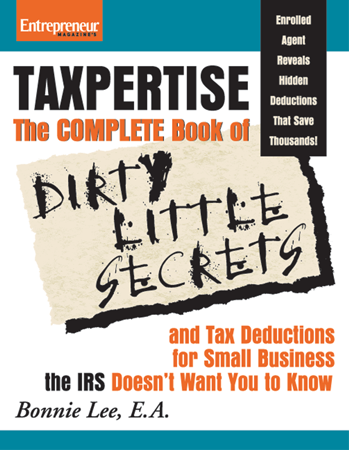The Internal Revenue Service will begin accepting electronically filed income tax returns on January 23, 2017. But more than likely, you will not receive all of your tax filing documents by that day. Employers and providers of all third party documents such as W2s, 1098s, and 1099s have until January 31 to mail these documents to recipients. Therefore, most Americans will not be ready to file until the first week in February.
The deadline for filing your 2016 income tax return is April 18, 2017. Of course, you may file for an extension to Monday, October 16, 2017 (the 15th falls on a Sunday, so the due date defaults to the next business day). Keep in mind that the extension is merely for time to file, not time to pay. The IRS expects all taxes to be paid by April 18. Beware! The penalties for failure to pay are 5% of the unpaid tax per month for a maximum of 25%. That can be incredibly expensive.
Legal entities such as C and S corporations, LLCs, partnerships, etc. now have new due dates. Check with your tax professional or visit www.irs.gov to find out when these returns are due.
If you are able to enjoy the Earned Income Tax credit, the Education credits (Lifetime or American Opportunity tax credit), the Additional Child tax credit or if you have been the victim of identity theft or use Form 8379 (injured spouse allocation), your refund will be held up until at least February 15 even if you file right out of the gate on January 23. These returns take additional verification and therefore more processing time.
There are a few updates to tax law that you should know:
- Beginning in 2016, educator expenses will include the cost of taking professional development courses. The maximum amount you can deduct on the face of the 1040 under Adjustments to Income is $250. It’s been that rate for many years. However, beginning in 2017, this amount will be adjusted for inflation. Any amounts in excess of $250 are deducted as an employee business expense on Schedule A if you are able to itemize.
- So many states are making the use of medical marijuana a legal activity. However, the federal government does not agree. Which means the IRS doesn’t either. For 2016 and the unforeseeable future, no medical deduction is allowed for the cost of any controlled substance, including medical marijuana.
- If you pay mortgage insurance premiums (PMI), the deduction has been extended through 2016. Unless extended by Congress it will not be deductible in 2017 and beyond.
- If you are low income and live in the state of California, you may enjoy the Earned Income Tax credit at the state level this year.
- There are 24 other tax provisions set to expire on December 31. As usual, Congress will decide at the last minute whether or not to extend them and allow them as tax deductions on your 2016 income tax return. Waiting until the last minute makes tax planning difficult at best!
- If you have foreign bank accounts with balances totaling $10,000 or more at any time during the tax year, you are required to file FBAR. The FBAR is due this year on April 15 rather than June 30 as in prior years. You can request an extension of time to file to October 15, 2017, however, it’s subject to approval.
- If you are considering converting from a traditional IRA to a ROTH IRA, you must do so before December 31 in order for it to be counted for the 2016 tax year.
There is plenty more to consider when it comes to your taxes. And there are many more changes than those listed above. Consult with your tax professional to find out if any tax law changes impact your situation. It is also advisable to consult with your tax advisor if you experienced any major life changes this year: marriage, divorce, sale of a home or other property, new job, move to a different state, etc. A tax planning session now can minimize shock on April 15.
Warning: the newest fraud attempt is a phony IRS letter – a CP2000. The CP2000 is a valid IRS letter that is sent to taxpayers who neglect to report certain pieces of income on their tax returns. The IRS picks up these items from third party reporting documents such as W2s, K-1s, and 1099s. Then via its matching program it checks to ensure this income has been reported. If it has not, its computer generates the CP2000 letter which includes a bill for recalculated taxes.
These fraudsters copied the IRS logo perfectly; they even use the same font in writing the bogus CP2000 letter. It looks completely legitimate. The letter tells you that you left off some income from your tax return. The tax liability is then recomputed and you are billed for the resulting tax, interest and possibly a penalty. The amount is relatively small – usually less than $500. You are directed to write a check “payable to the IRS” and mail it to a post office box. And this is exactly how you know the letter is phony. If the letter were real, you would be told to make out the check to the “Department of the Treasury” not the “IRS.” if you receive such a letter, take it to your tax pro and report it to the Internal Revenue Service by scanning it and attaching it an email addressed to phishing@irs.gov.


